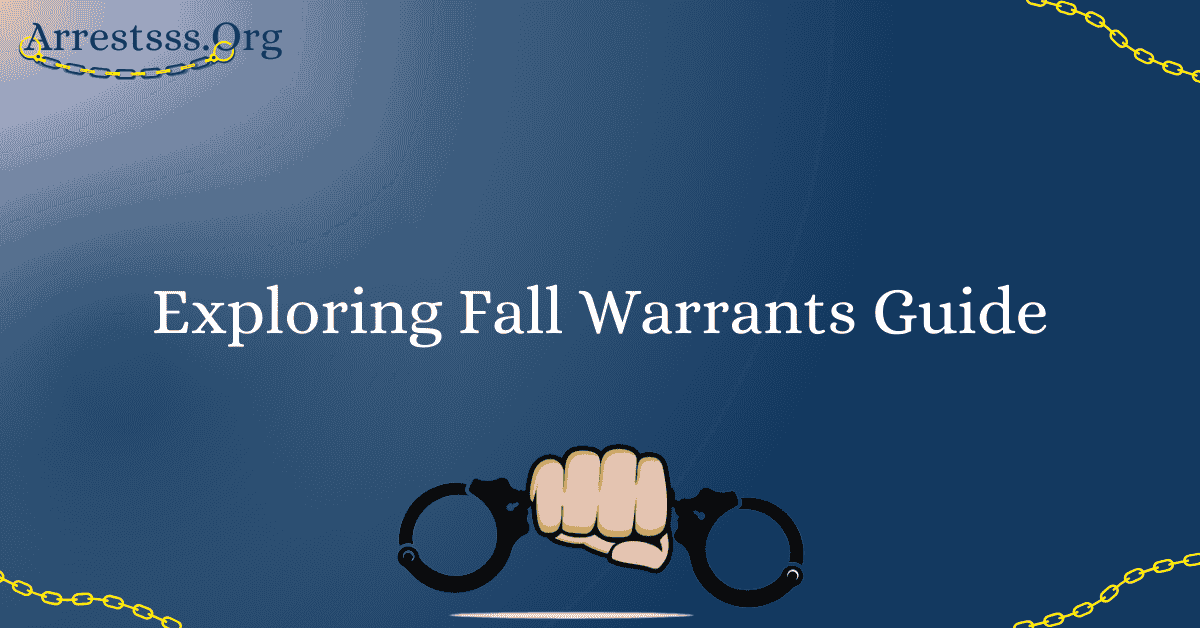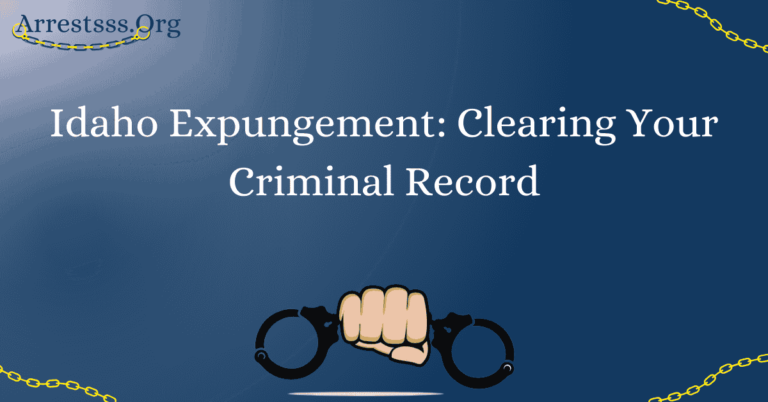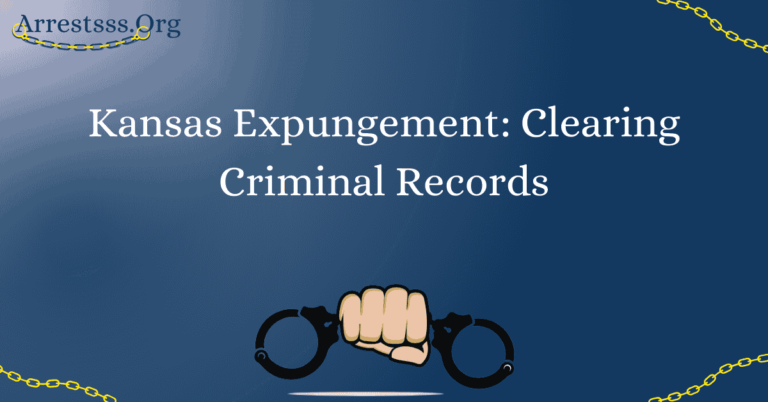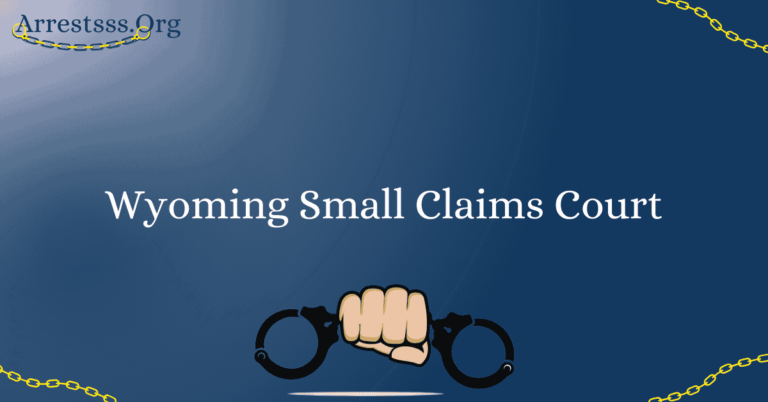Exploring Fall Warrants Guide

Fall warrants are a critical aspect of our safety infrastructure, often overlooked until a mishap occurs. In this comprehensive guide, we delve deep into understanding fall warrants, their importance, and the various facets that encompass this vital safety concept. From definitions to practical applications, this article will equip you with a thorough understanding of fall warrants and their significance in preventing accidents.
Fall Warrants: A Closer Look
Before we delve into the intricacies of fall warrants, it’s crucial to recognize their significance in promoting workplace safety and minimizing the risks associated with working at elevated positions. In this section, we will explore the various aspects of fall warrants, providing you with a solid foundation to comprehend their role in safeguarding lives and preventing accidents.
What Are Fall Warrants?
Fall warrants, often referred to as fall protection warrants, are legally binding documents that outline specific tasks to be performed at elevated positions. They serve a dual purpose: authorizing designated individuals to carry out tasks and ensuring that adequate fall protection measures are in place to minimize risks.
These warrants are a crucial component of workplace safety, especially in industries where employees work at heights. They are designed to prevent accidents and injuries by establishing clear safety guidelines.
Components of a Fall Warrant
A comprehensive fall warrant comprises several key elements:
Authorizations and Restrictions: Fall warrants specify who can perform the task and under what conditions. This ensures that only trained and qualified individuals are authorized to work at heights.
Fall Protection Measures: These documents outline the necessary fall protection measures that must be in place. This includes the use of safety harnesses, guardrails, safety nets, and other equipment.
Risk Assessment: Before issuing a fall warrant, a thorough risk assessment is conducted to identify potential hazards. This assessment helps determine the appropriate safety measures to be implemented.
Importance of Fall Warrants
Fall warrants play a crucial role in workplace safety. They help prevent accidents by setting clear safety guidelines, ensuring legal compliance, and boosting worker confidence in their safety while performing tasks at heights.
Workers who are aware that they are operating under a fall warrant are more likely to follow safety protocols, reducing the risk of accidents and injuries. Additionally, fall warrants are essential for legal compliance with occupational safety regulations.
Types of Fall Warrants
Fall warrants are not one-size-fits-all. They vary depending on the industry and the specific tasks involved.
Construction Industry: In construction, fall warrants are commonly used due to the elevated nature of many tasks. They address unique challenges in this sector, such as scaffolding and roof work.
Industrial and Manufacturing Settings: Manufacturing facilities often require fall warrants for maintenance tasks performed on machinery or elevated platforms.
Maintenance and Inspection Work: In various industries, routine maintenance and inspection tasks often involve working at heights. Fall warrants are essential to ensure the safety of workers in these situations.
Implementing Fall Warrants
Proper implementation of fall warrants involves training and education to ensure that all stakeholders understand their roles and responsibilities. Regular compliance monitoring and a commitment to continuous improvement are also vital aspects of the process.
FAQ’s
What legal requirements govern fall warrants?
Fall warrants are typically subject to occupational safety regulations, which vary by jurisdiction. In the United States, for instance, the Occupational Safety and Health Administration (OSHA) sets guidelines for fall protection.
Who is responsible for issuing fall warrants?
Fall warrants are typically issued by qualified safety professionals or supervisors who have undergone training in fall protection measures.
Are fall warrants only relevant in the construction industry?
While commonly associated with construction, fall warrants are relevant in various industries where working at heights is required, including manufacturing, maintenance, and inspection.
What are the consequences of not having a fall warrant in place?
Operating without a fall warrant can result in legal penalties, workplace accidents, and loss of employee trust. Employers can face fines and legal action for non-compliance.
How often should fall warrants be reviewed and updated?
Fall warrants should be reviewed regularly, especially when there are changes in the work environment, tasks, or regulations. They should also be updated to reflect new safety measures and best practices.






